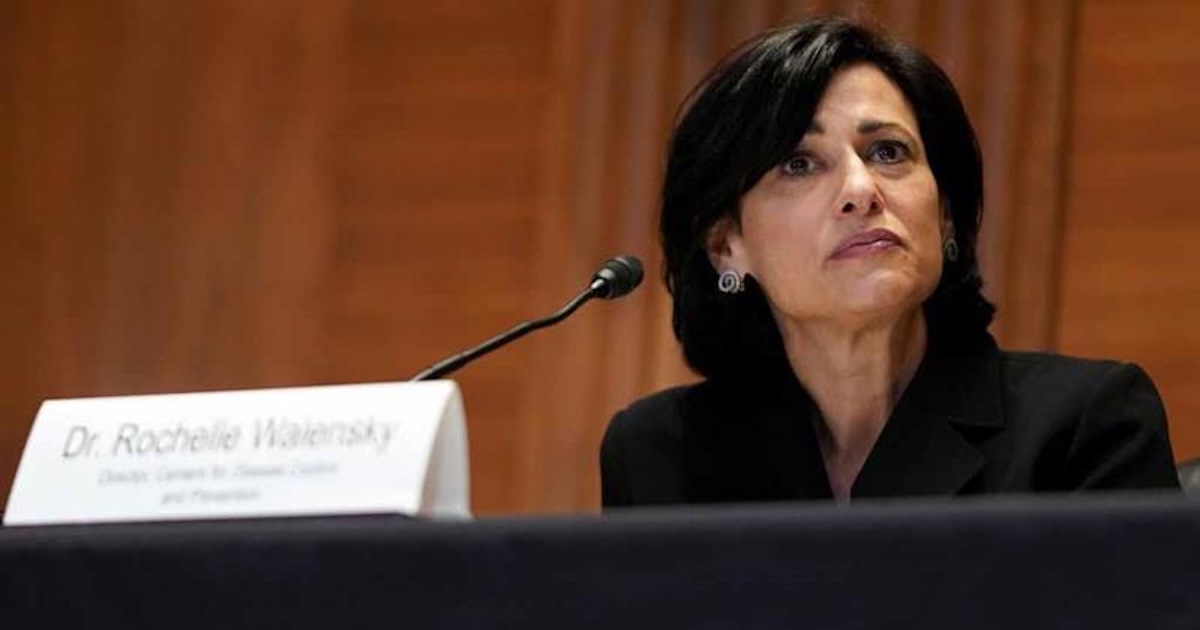Some mHealth advocates are getting impatient with the U.S. Food and Drug Administration.
The FDA released its preliminary guidelines for the regulation of mobile medical apps in late 2011, and since then the mHealth world has been awaiting the government agency's final document. At the Wireless-Life Science Alliance's Convergence Summit this past May in San Diego, Bakul Patel, policy advisor for the FDA's Center for Devices and Radiological Health, wouldn't set a date, but assured attendees that "we are in the process of publishing the guidance as soon as we can."
Bradley Merrill Thompson would like them to speed things up a bit. Thompson, an attorney with the Washington-based law office of Epstein Becker & Green and member of the mHealth Regulatory Coalition, has fired off a letter to Health and Human Services Secretary Kathleen Sebelius asking that the final document be published "as soon as reasonably possible."
"The MRC believes the timely release of the final guidance will benefit industry, stimulate investment, help ensure patient safety and is consistent with the views expressed by Congress and the desires of the broader mHealth community," Merrill wrote in the letter, sent on June 21. The guidance, he added, "is needed by industry and will help unlock investment in the mHealth market. Many investors and companies are reluctant to invest significant time and money in mHealth technologies until the regulatory framework is clear."
Thompson's letter accompanied a two-page position paper titled "FDA Should Publish its Final Guidance on Mobile Medical Apps as Soon as the Agency Can." In that document, The MRC argued against a proposal that the FDA's final document be delayed until the HHS develops its comprehensive regulatory strategy for HIT, as mandated by the FDA Safety and Innovation Act (FDASIA).
"(T)his argument was made once before and rejected by Congress," the position paper states. "In addition, as recently as March 2013, industry and several members of Congress strongly urged FDA to release its final guidance as soon as possible."
"(Sebelius') objectives are different from the FDA regulatory framework on mobile medical apps. The secretary is charged with making broad policy recommendations on a comprehensive strategy for all Health IT," the position paper concluded. "FDA’s guidance, on the other hand, is focused on providing specific details of whether different mobile medical apps will be regulated or not – this is the level of regulatory detail app developers need now."
In his letter, Thompson, who counsels both the MRC and the Continua Health Alliance, said the MRC is concerned that people are getting the wrong impression about what the final rules will accomplish.
"We have come to learn that some people mistakenly believe that the final guidance will expand FDA jurisdiction. It will not. Indeed, actually the opposite is true; it will shrink FDA oversight," Merrill wrote. "The final guidance, if it is even close to the draft guidance, will be de-regulatory in nature. In the draft guidance, the FDA proposed to limit its active oversight to only moderate and high-risk mobile medical apps."
"Specifically, in its proposed guidance, FDA decided not to regulate certain apps that meet the statutory definition for regulated medical devices," he continued. "The apps brought within this enforcement discretion include ones that 'have functionality either to automate common medical knowledge available in the medical literature or to allow individuals to self-manage their disease or condition. Many of these mobile medical apps also automate common clinician's diagnostic and treatment tasks using simple general purpose tools, including spreadsheets, timers, or other general computer applications, by performing logging and tracking.' Our understanding is that the final guidance will build upon this language, but provide more detail and clarify the ambiguities."


